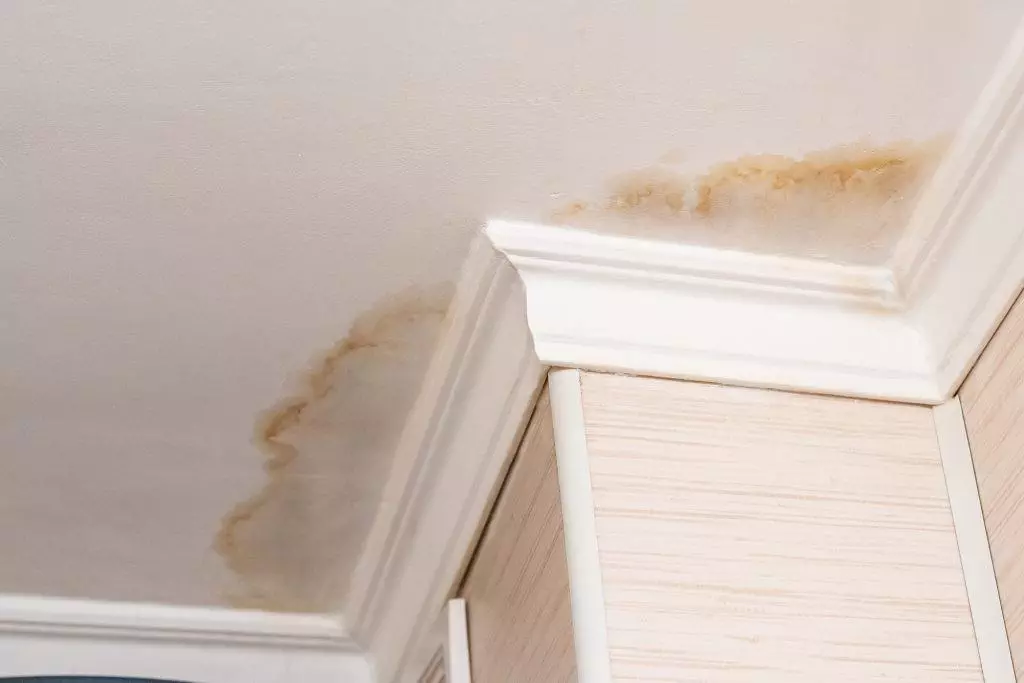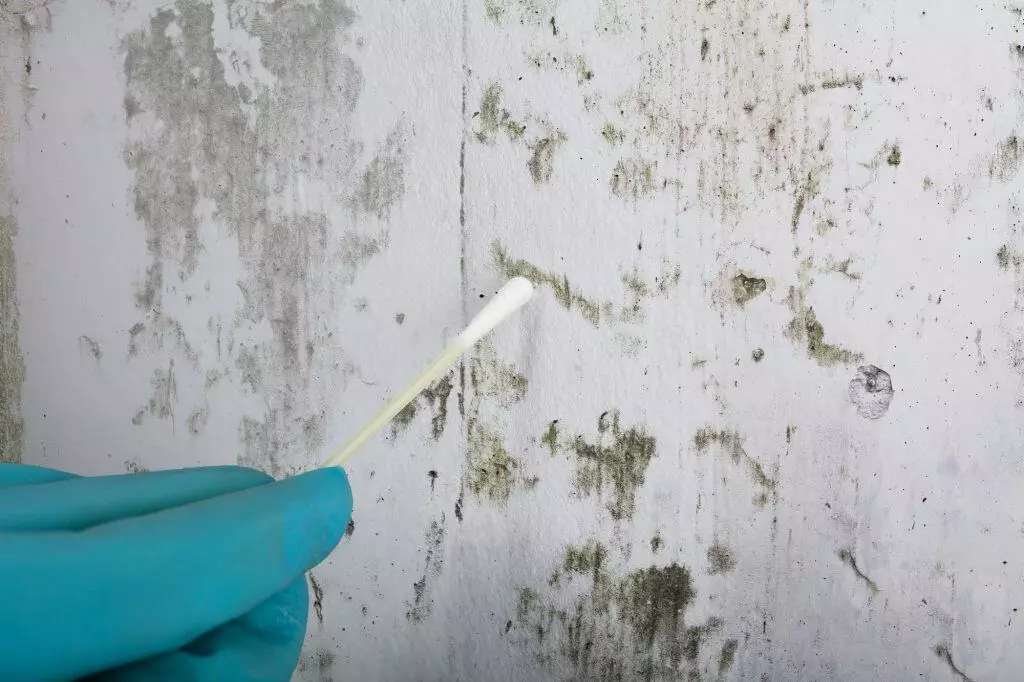
The impact of mold has become a top concern for home owners across the country. While it is hard to know which spores you are exposed to, and how much it could really affect your health. Abundant research on both isolated cases and studies in large populations have revealed strong links between exposure to certain molds and their potential harms. These include allergic reactions, asthma, chronic cough, inflammation of the lungs, skin allergies, and more. However, these are not the only negative effects that can come from exposure to mold. In fact, there are likely more than we realize as many people remain unaware of the dangers posed by indoor airborne molds. Read on to learn more about what causes mold growth indoors and how you can tell if your home is harboring the strain.
What Does Mold Look Like in a House?
Mold can appear in many different shapes and forms. But you can tell if you have mold problems by looking at the roof, walls, and floors of your house. If you see any signs of water damage or yellow stains, this is a sign that you have mold on your property. These are the most common indicators that suggest there is a mold problem.
The other way to identify if your home has molds is to smell them. Mold typically has a musty smell that resembles wet cardboard.
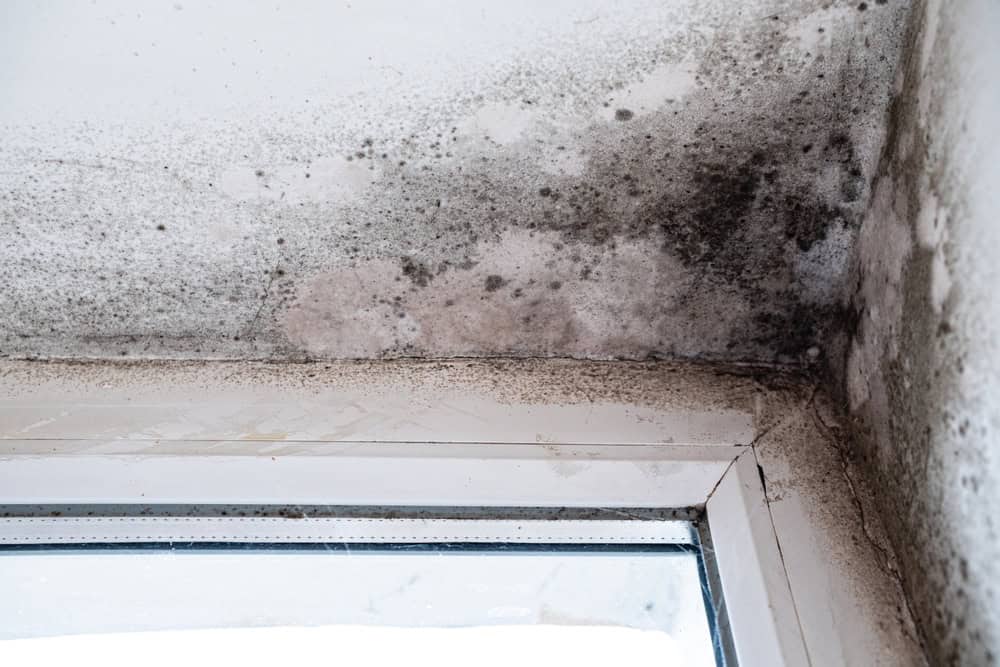
How Do You Know If You Have Mold in Your House?
It is hard to tell by sight alone if there is mold in your home. Mold can often be found in places where it does not look obvious. This includes beneath the sink, on window sills, bathtubs, etc.
If you have a particular concern about mold and want to confirm that it has taken root in your house, then the best way to do so is through a professional inspection.
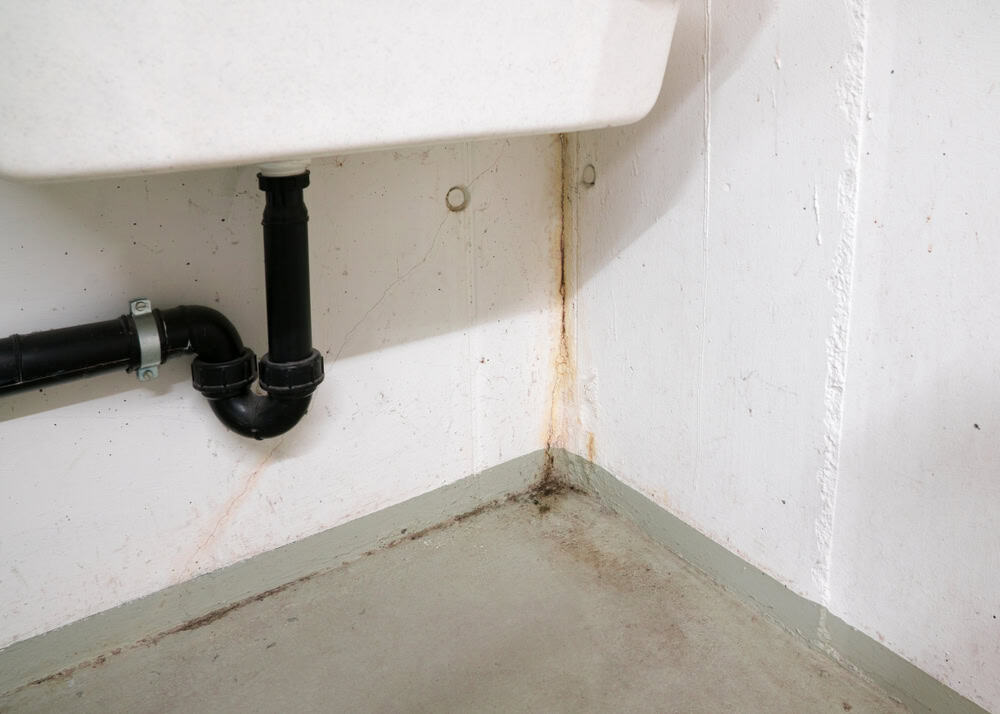
What Causes Mold Growth?
Mold growth is the result of two common sources: moisture and temperature. Many mold spores are microscopic and can be easily dispersed into the air. This means that any place with moisture or temperature can serve as a breeding ground for mold growth. On the other hand, many molds need specific conditions to thrive. For example, yeast molds require high humidity and temperature to grow, while some molds need darkness.
While these conditions are often found in damp areas like bathrooms, moist basements, or near showers, it is important to note that mold can spread anywhere from the household’s point of entry into the building to its exit (exterior). The main determinant for whether your home will have a problem with indoor molds is how well you maintain their environment.
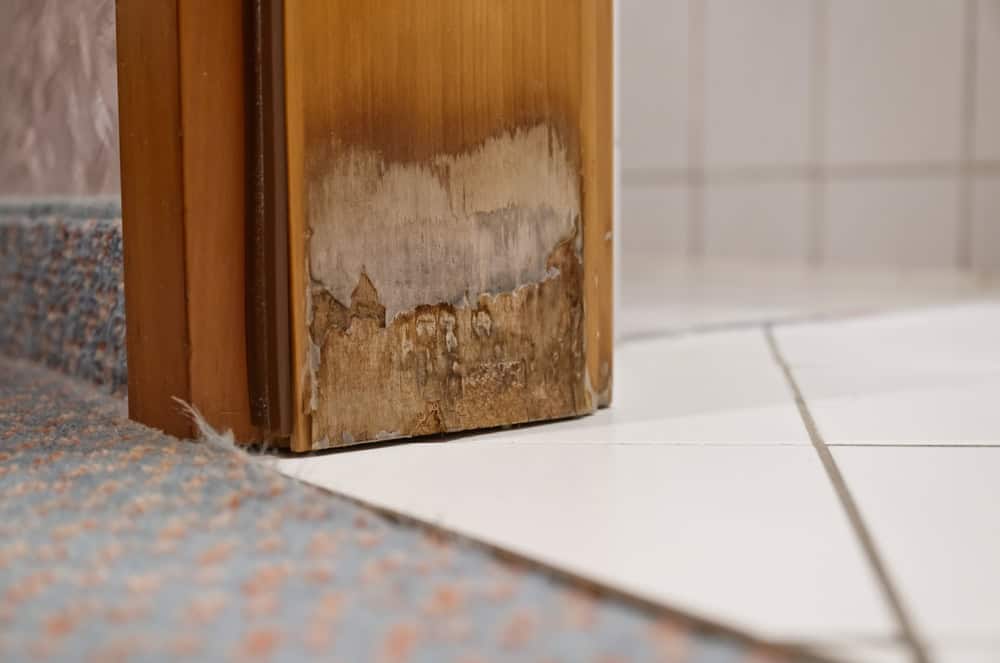
Indoor Air Quality and Mold Growth
To understand how indoor air quality and mold growth are linked, it is important to know the basics of both. Mold is a type of fungi that often grow on damp surfaces like walls, floors, or ceilings. In general, molds reproduce by sending out spores that can be carried into the air and feed on organic material present in the area. On their own, these spores are considered harmless to humans and animals because they cannot survive outside of an environment where water is present.
This means any mold found in buildings will either die or grow only in spaces where water is present like bathrooms and kitchens. For this reason, it is easy for indoor molds to develop when there are high levels of humidity in the air and rainwater collects in low areas around your home.
The presence of certain molds can have negative consequences in your home if you fail to address them promptly. Some molds produce toxins called mycotoxins which may cause allergic reactions or respiratory tract infections among other problems.
These toxins can also react with DNA causing mutations which could lead to cancerous tumors or genetic disorders. There are many other negative effects associated with exposure to some types of indoor mold as well! In order to avoid any such health setbacks, it is important to control indoor moisture levels when possible. This can help keep your home safe from disease-causing airborne spores while also minimizing the risk for mold damage occurring at large scales that would require remediation work later on down the line.
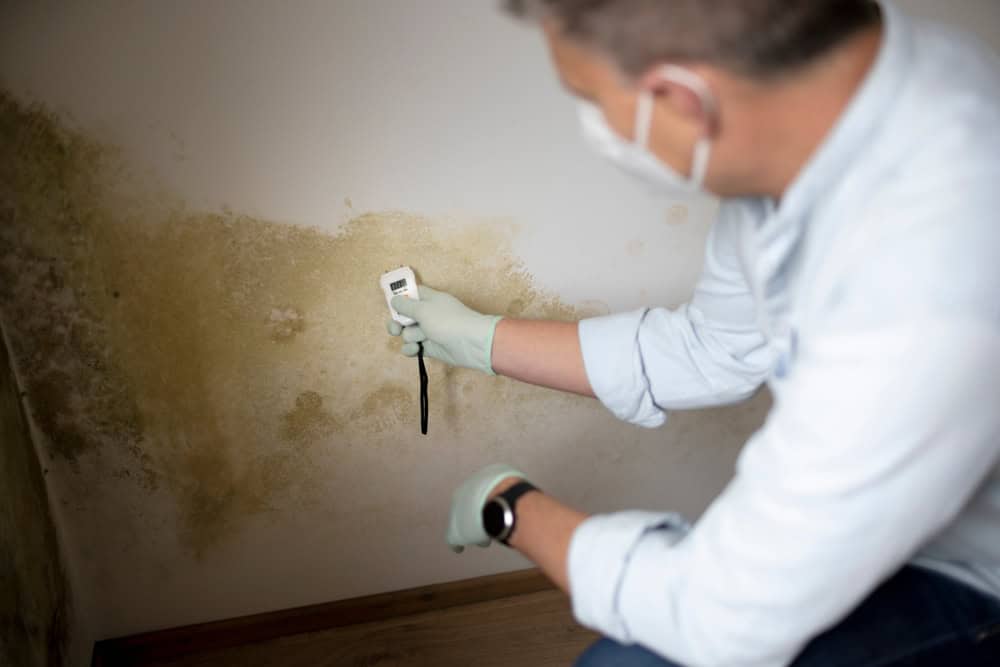
Signs of Mold Growth in the Home
There are many signs that you may have mold in your home. They include:
- The presence of black, green, blue, or yellow stains on a clean surface
- The smell of damp or rotting food
- The presence of moldy material such as wallpaper, carpeting, and insulation that appears wet and moist; the coloration of water from a sink or shower to be off from its normal coloration.
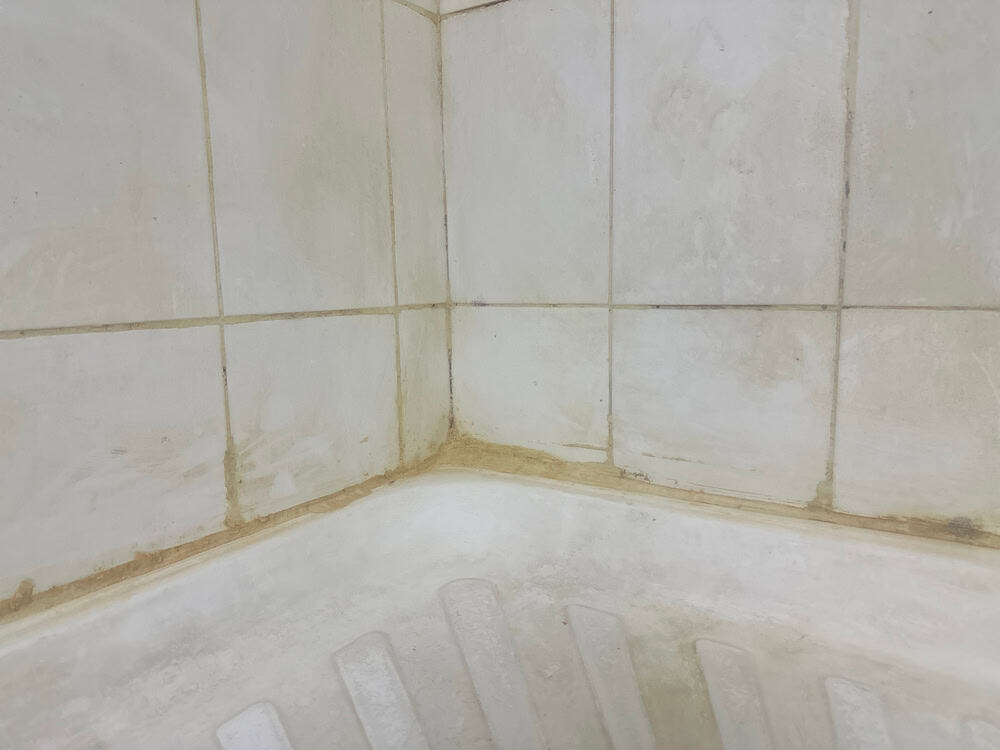
Conclusion
Knowing what to look for is the first step to removing toxic mold from your home. Here are some of the most common signs:
- Black, green, or yellow spots on walls, ceilings, or floors
- Watery or runny mucous from nose and eyes
- Mold smell
